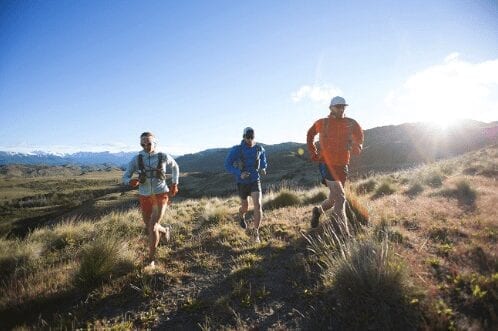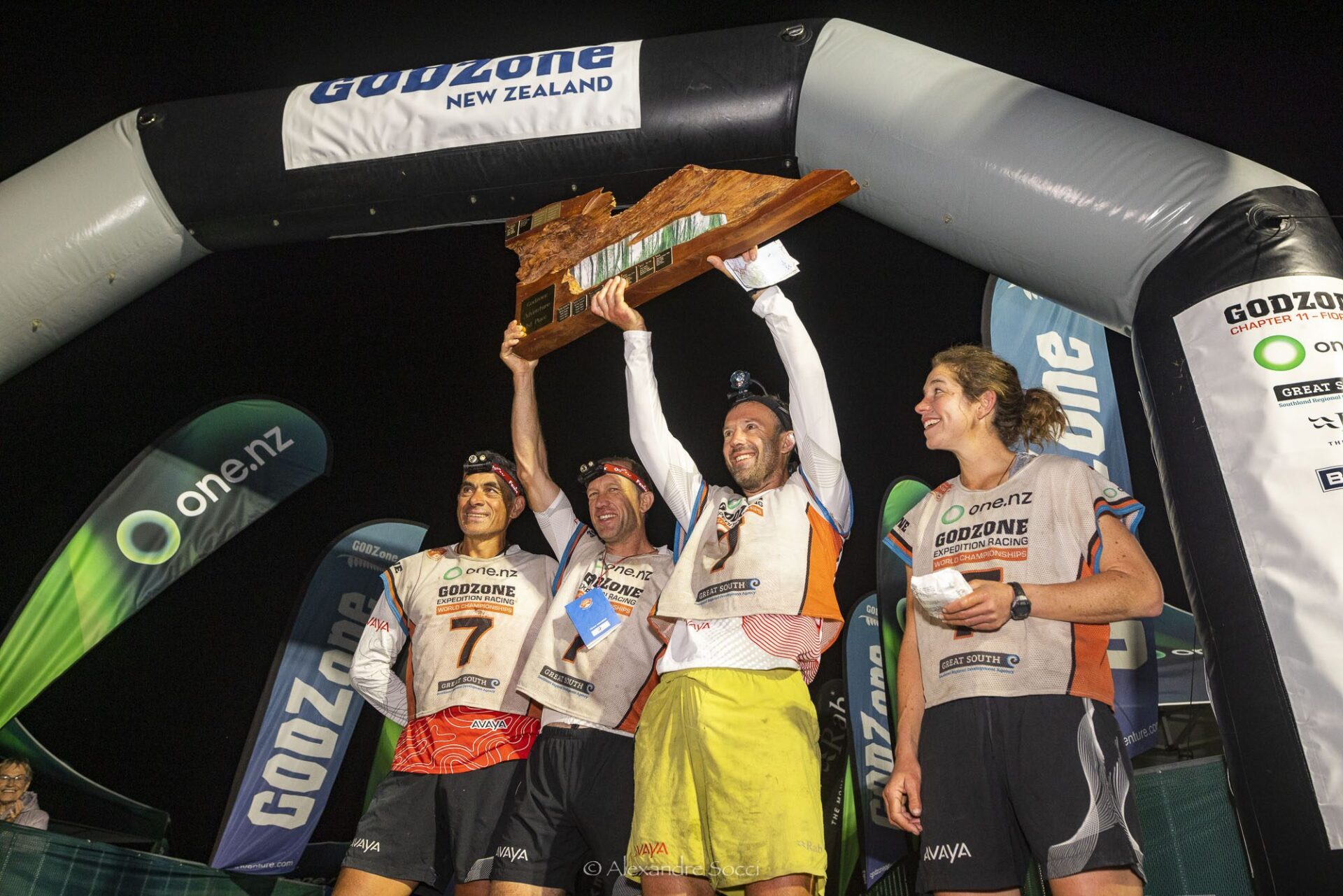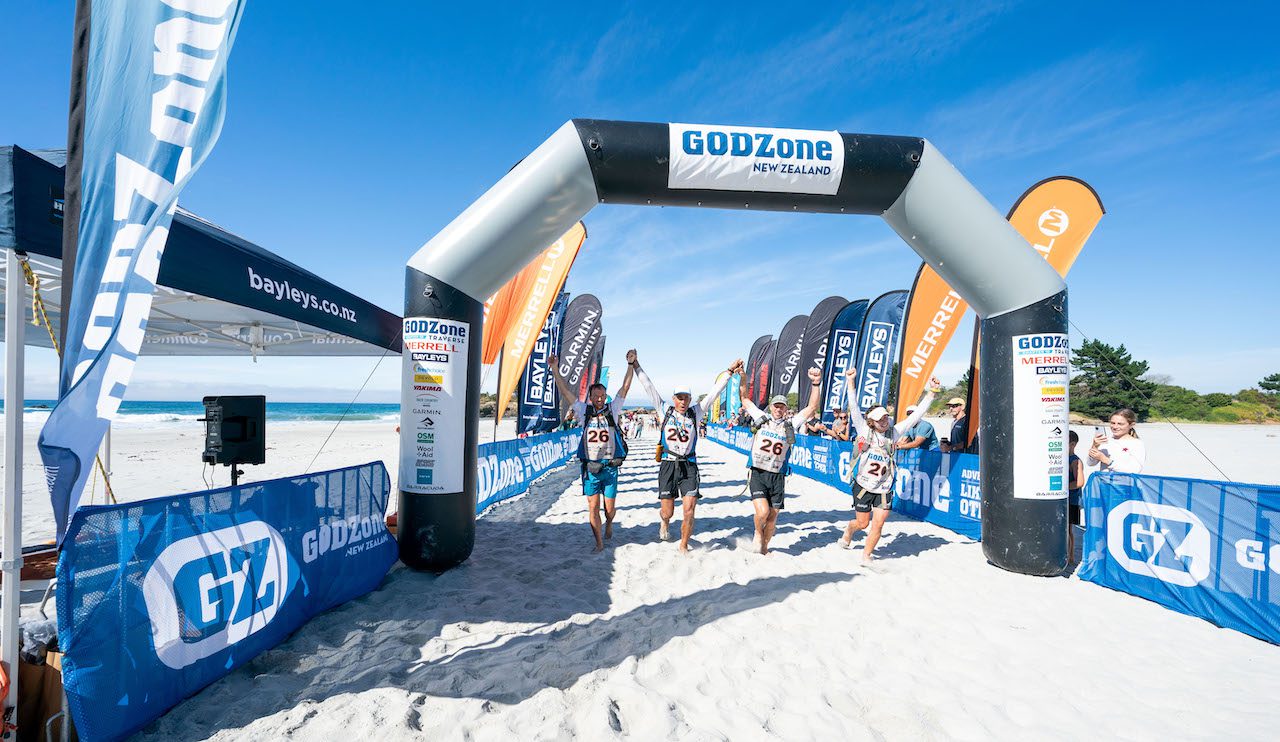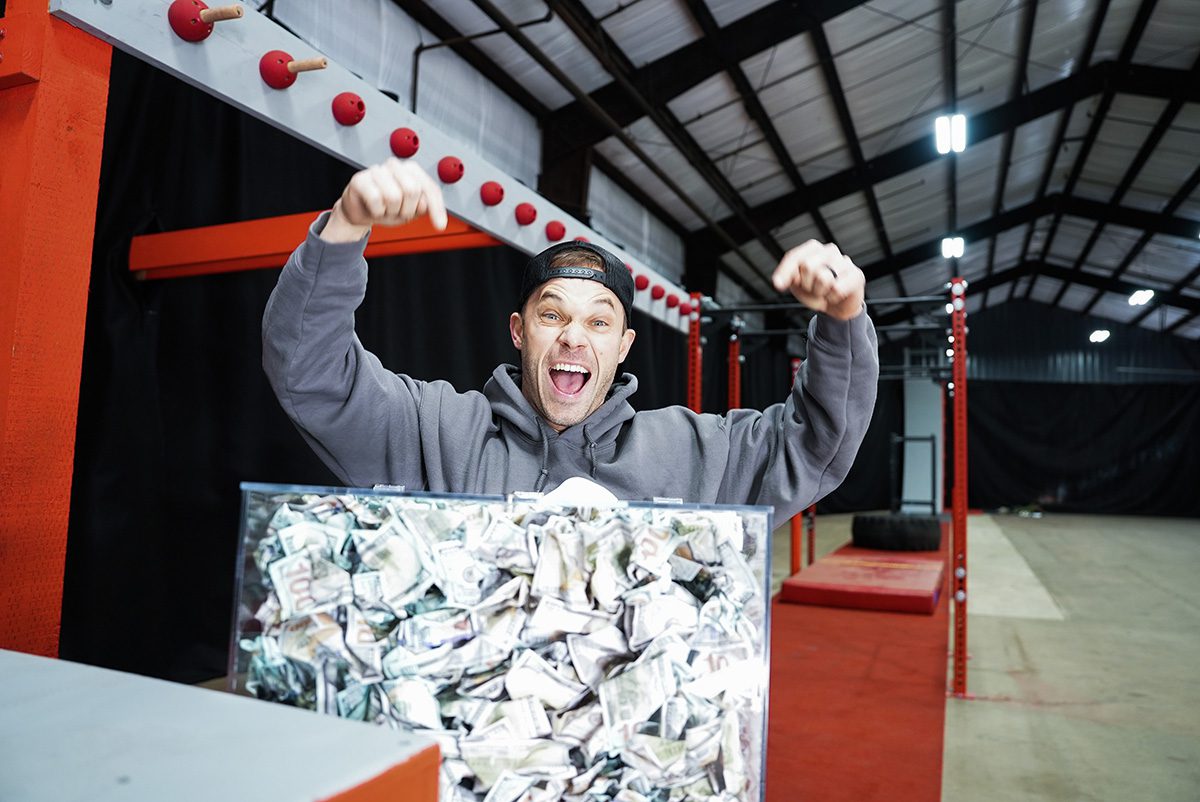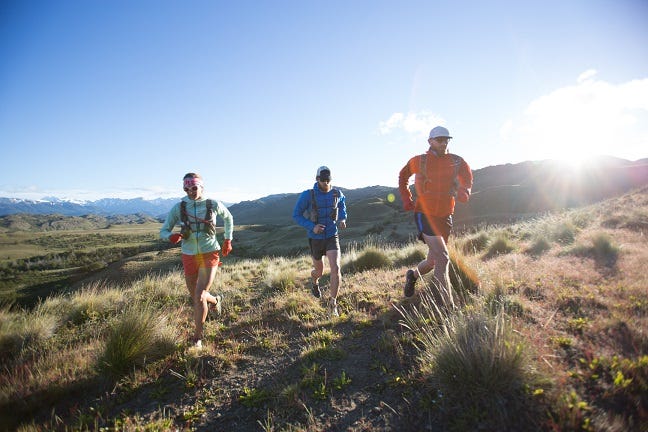
The author, Krissy Moehl, is an Ultra Runner, Race Director & Coach. The documentary Mile for Mile, featuring Krissy will be shown at the Thursday, September 8 screening of the Trails in Motion Film Festival at the Fremont Theatre in downtown San Luis Obispo as part of the inaugural SLO Ultra weekend of events. To purchase VIP tickets for the pre-screening reception with Krissy and other Film Festival guests or for general admission tickets please click here. Krissy’s book Running Your First Ultra is also on sale during online ticketing and she will be available for book autographs. Proceeds benefit The Land Conservancy of San Luis Obispo.
Boom! And you are off! The pack takes off and you are pulled along. Your heart rate kicks up 100 beats and your legs are spinning under you trying to keep pace. Your body warms, and sweat builds on your brow. You are engrossed in your experience. As you should be! Your training has taken months to lead up to this point.
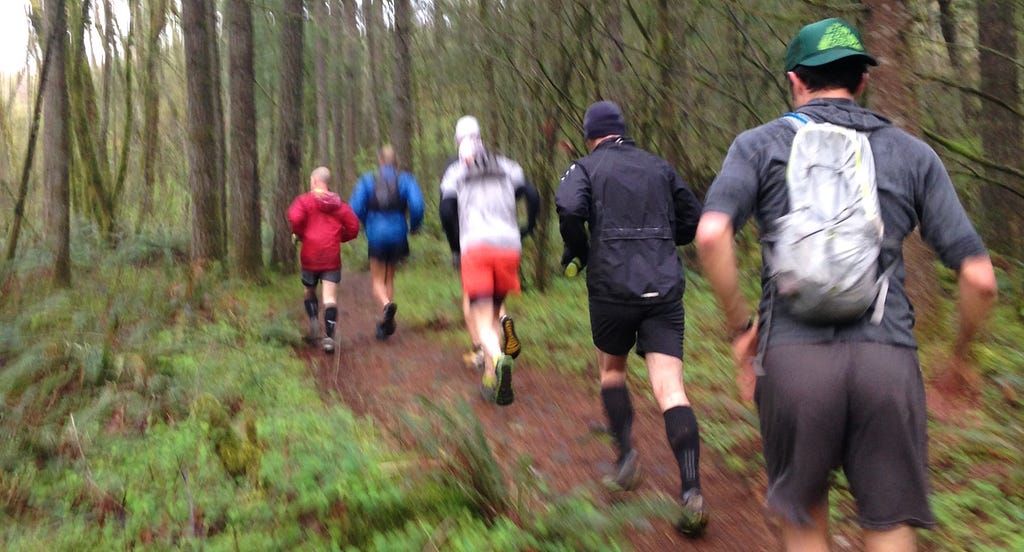
To arrive at the starting line of a race of any distance, the runner must log training miles, be intentional about recovery routines, be diligent about strength workouts, test their clothing, shoes and nutrition and have everything dialed for race day.
Now return to that starting line and look around. There are people cheering. Cones deciphering walk ways. Porta-Potties lined up. Colorful flags strung together to create the runners’ shoot. Large Tents. Sponsors’ banners. Course marking. Recycling, compost and trash bins. Goodie bags. Race bibs. Coffee. Snacks. People, lots of people not running the race.
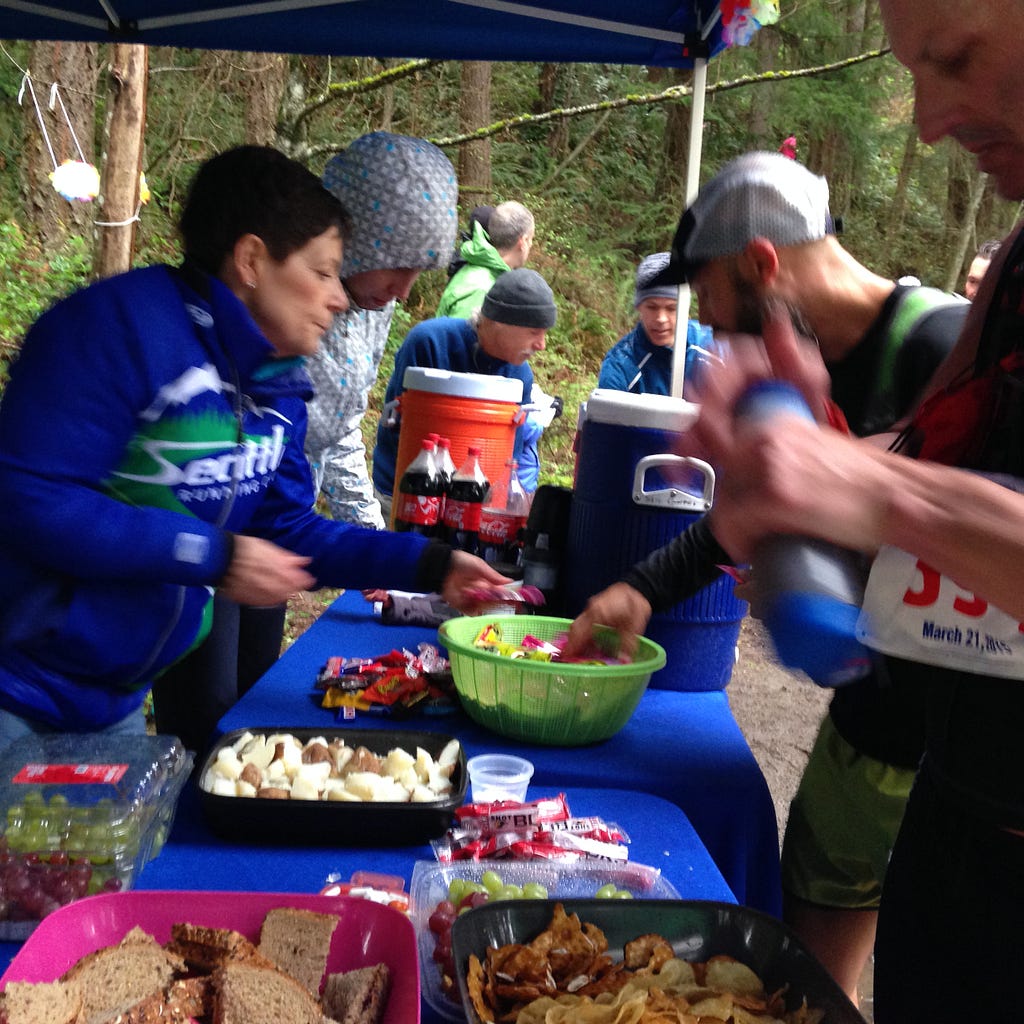
And then there are the things you do not see. The permitting process. The trail work to build and maintain the paths that make up the route. The land in front of you and the possible conservation efforts to keep the open wildness alive. The countless coordinating emails. Sleepless nights labeling bibs. Time and energy filling and transporting water jugs. Online registration downloads. Grocery shopping. Food preparation. Spreadsheets. Planning meetings. Phone calls.
In order for a race to happen there are countless moving parts that must all land in formation to create an event, including the runners’ participation. To create the race experience there are numerous people that will never set foot on the course. There are countless conversations to ensure an understanding that we, the runners, will safely and respectfully engage the land for this special use. As the race distance gets longer, there are also aid stations, crews, pacers and radio teams all on course to keep runners safe.
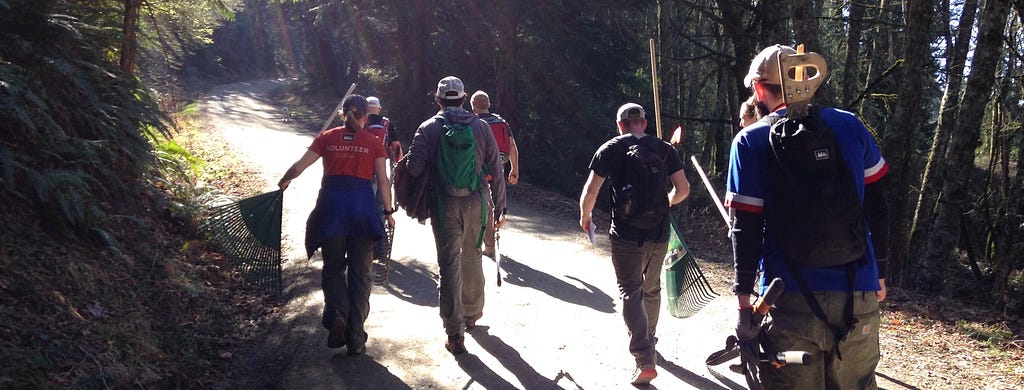
To be a better runner I encourage taking the time to experience all sides. Man an aid station. Volunteer at packet pick up. Sign up with a local trail crew to build and maintain the land you run through. Crew a 100 mile runner. Mark a course. Educate yourself on the protection of the terrain that is important to you. Stick around and clean up after an event. Take the helm and direct a race. The empathy you will gain in knowing all sides will make the next time you head out on a training run or toe the line of a race a more full and well-rounded experience.

